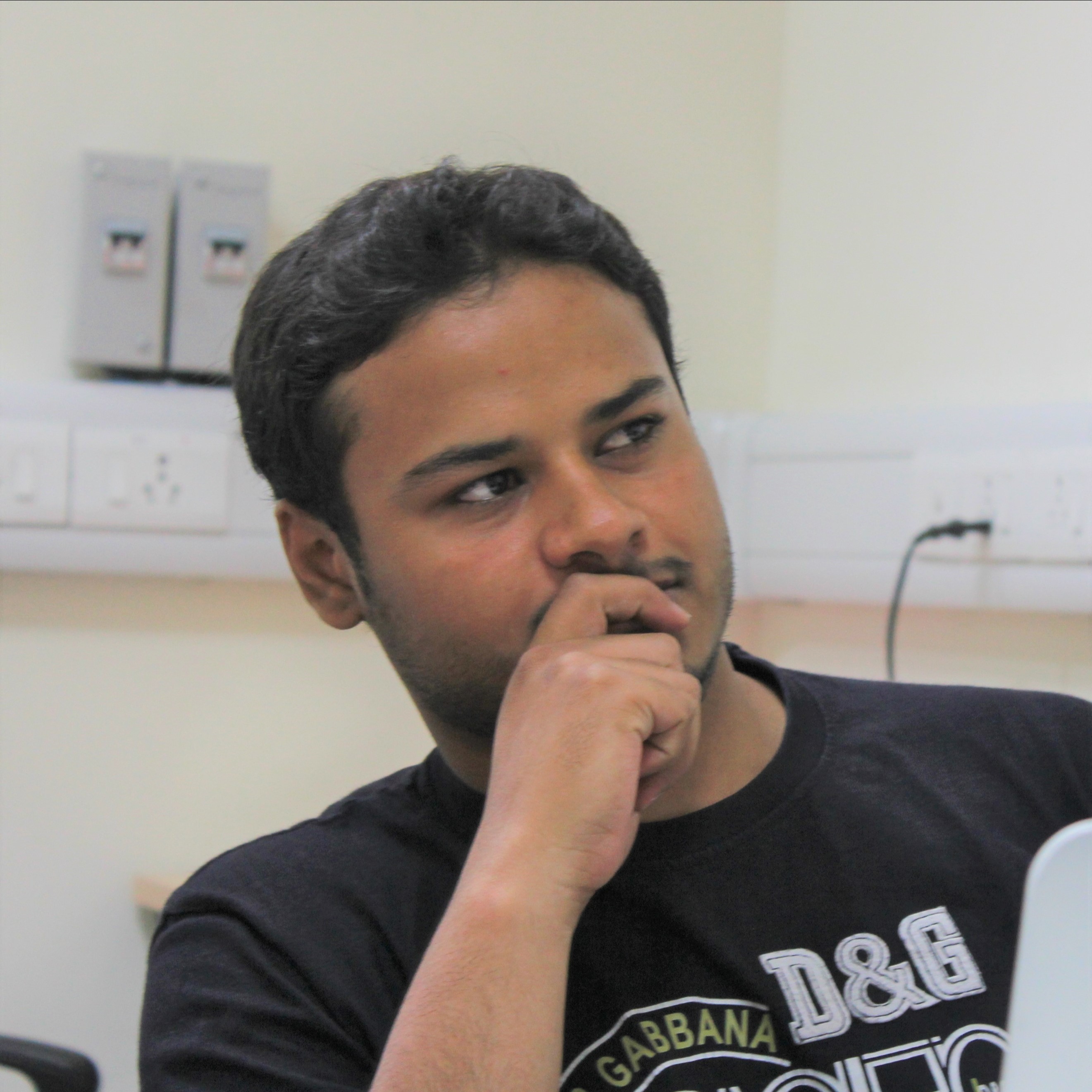nkar Kulkarni, excellent and well-thoughtout idea. Brainstorming.com could, in fact, be that pioneering platform or its parent, with this proposed solution in mind.
The key is the original “Repository” concept (grand parent), where ideas and real solutions are generated, registered, organised and represented with minimal human intervention and maximum transparency and openness - a sort of creative blockchain.
So, a platform driven by AI and "ideation-tree" could resolve the problems identified. The AI/machine learning removes the fallibility of human judgment and "ideation-tree” provides the visual transparency, showing parents, daughters/children, grand children, other offsprings, "parallel relatives”, etc.
When an idea is published on the platform, the AI scans all systems (internet, IP registry, etc) to determine its uniqueness and represent it on the "ideation-tree”.
This removes the issue of "creative avoidance" (viewing without publishing) in the sense that any resultant solution/product would eventually be captured by the AI and "tree", showing source-flow and relationship with the platform/idea, through the medium of membership, for instance.
Solution to Other Problems
Any subsequent idea and solution flowing from the parent idea would be shown on the tree … and so on. The inherent problems identified in your piece could be solved as follows:
Intellectual Distribution
Establish a mechanism of intellectual ownership and remuneration distribution, depending on the degree of creative remoteness from the preceding idea or solution - complex, but soluble (including unwritten collaborative rule).
So, this proposed solution could be a grand daughter/child of Darko Savic's (DS's) original idea (grand parent) and daughter/child of Shubhankar Kulkarni's (SK's) evolution/contribution (parent).
The distribution of this solution's intellectual ownership/remuneration attributed to SK and DS could proportionately be measured and remunerated by how remote (or not) it is from the parent idea and grand parent idea.
It could be based on a "wave/ripple-effect system", where the immediate idea is the active point and associated intellectual distribution radiates from that point. Each idea/contribution would generate its own wave system to form intercoonected systems with interference points. Each point represents a value of the proportionate share of the active/source intellectual rights. As mentioned earlier, complex, but soluble.
Democratic Control and Adjudication
An AI system supported by tiered human panels of moderators and “judges". Any unresolved issue flagged up by the AI would be handled by the first-tier crowd-moderators.
The general consensus of the crowd is appealable to the upper panel of “judges".
The decision of the “judges", including individual approving and dissenting opinions are fed back to the AI for processing, machine learning and “final" decision (not necessarily binding to the appellant/parties, but the "unwritten rule of creative collaboration" could take precedence).
Continued AI machine learning to preserve the sanctity of creative collaboration, universal access to intellectual property and benefit to society.






Please leave the feedback on this idea
Please leave the feedback on this idea